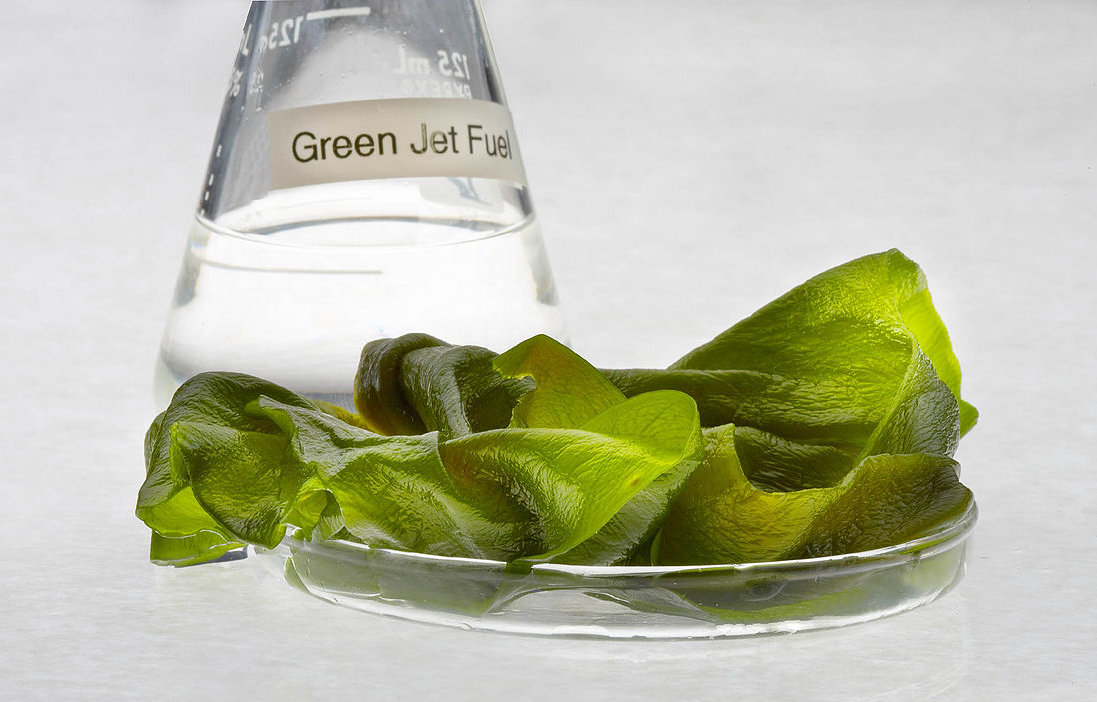
Are video games better than school?
2023-02-10
How to make games on the web, circa 2023
2023-02-14CRISPR: What is it good for?
Everything from making algae superfuel to breeding superpugs

The last few years have seen a lot of coverage of CRISPR-Cas9, and for good reason! This tool simplifies and accelerates the gene editing process. opening up endless possibilities…
You may be aware of the extraordinary potential that CRISPR holds for treating diseases. The technology is already accelerating the research on all sorts of illnesses, like cancer for example.
Ever since a Chinese scientist revealed to the world the birth of "CRISPR twins", the first humans to be born from a gene-edited embryo, there has been increased attention and wariness on the medical applications of CRISPR.
However, the technology provides countless (and less dubious) uses beyond those related to human health.
As a result, we compiled a list of novel CRISPR applications that amply demonstrate the technology's ability to have an impact on a wide range of sectors and which don’t involve you cloning your children.
Frankenstein’s Pug

Pet owners are constantly eager to benefit from the most recent technological advancements to aid their animal friends. The need for genetic testing services to determine a cat or dog's breed and health has increased recently, and CRISPR technology may soon follow. The technique for gene editing has been presented as a means of curing the numerous genetic disorders issued from inbreeding which is common in purebred dogs.
A great example are Pugs, which carry a genetic mutation that makes them prone to suffer from respiratory issues (that is why you can’t bring them on planes - the altitude closes up their nose canals).
Other pet breeding initiatives using CRISPR include the development of miniature pigs and koi carps with unique size, color, and patterns. There are some questions as to who owns these new species, however a lot of ethical debate has been pending and the EU court has ruled that no one should be able to own a living breathing being.
Let them eat cake!

A significant portion of people suffer from food allergies, which can occasionally be life-threatening. With CRISPR, it could be possible to produce milk, eggs or peanuts that are safe for everyone to eat by removing proteins which cause allergic reactions. Hopefully, people allergic to eggs will be able to enjoy an omelet soon!
Another research group, based in the Netherlands, is using CRISPR to modify the DNA of wheat to remove gluten, making it suitable for celiacs. However, it may be challenging for this initiative to become a reality due to the EU’s stringent regulation regarding the use of CRISPR gene editing in plants.
Coffee coffee coffee
A naturally decaffeinated variety of coffee beans has been produced by Tropic Biosciences, a firm in the UK. The business has used CRISPR to disable the genes that cause the beans to create caffeine.
Currently, making decaf coffee requires an expensive and rigorous process that involves soaking and steaming the beans. This variety could have a positive impact on the flavor, nutrition in addition to the environmental costs of decaf coffee.
America is about to invade… algae?

Up until this point, algae didn't produce enough fat to make the manufacture of its biodiesel profitable. With an alteration to their fat content, they would be substantially more effective at turning CO2 into ethanol. Thus, algae-based biofuel generation could be enhanced by gene editing.
This has been proved by a business that has developed strains of algae that produce two times the amount of fat using CRISPR, and this fat is then utilized to make biofuel.The gene editing technology in particular allowed researchers to identify and eliminate genes that restrict the creation of lipids!
Mosquito Blitzkrieg
CRISPR may enable us to reduce the population of animal species that spread contagious diseases or are invasive in certain habitats. A genetic alteration can be propagated throughout an animal population over several generations by using CRISPR to establish "gene drives" that guarantee all offspring will inherit the modification.
Researchers demonstrated last year that this technology may be used to combat the mosquito species that spreads malaria by introducing a gene that prevents females from being fertile when both of their parents have said gene.
It took only 7 generations for the population of caged mosquitos to be wiped out after the “gene drive” was introduced…
“Gene drives” are now being tested by researchers to fight invasive rats that destroy the ecosystems of islands with endangered species or even to limit the damage of wild cats in Australia by reducing their fertility.
However, there is a lot of debate around these gene drives and whether their use is ethical or if they should be banned. As this technology comes with potential risks that include unknown downstream effects on entire ecosystems as well as the accidental or nefarious spread of organisms that carry the gene drive machinery. Also, who are we to decide if a species should meet its demise just because they’re a nuisance to us?
Something smells fishy

CRISPR has also brought to the world a genetically modified salmon that grows twice as fast as normal salmon. With the advent of CRISPR gene editing, scientists could go even further, increasing their average size, boosting their disease resistance, or enhancing the omega-3 content to make them healthier to eat!
Scientists have also edited salmon in a way that stops the salmon from breeding if it manages to escape the aquaculture facilities. The idea is to protect a river's ecosystems from rapidly breeding “super salmon” that could crossbreed with native species.
Do you hear that, John Hammond ?
It’s Alive: Part 2
Speaking of Jurassic Park, maybe they had a good idea after all?
Bringing extinct creatures back to life is already the subject of scientific research. The passenger pigeon, a former resident of North American woodlands, is the first contender.
Researchers want to splice DNA from passenger pigeons into its contemporary relative, the band-tailed pigeon, using CRISPR technology. Several generations of hybrids will be bred until the progeny's DNA resembles that of the extinct species. In 2023, the first batch of "revived" pigeons is anticipated to hatch.
In a couple of years we could even see mammoths walking around Siberia, as researchers at Harvard are now trying to bring back the wooly mammoth that went extinct thousands of years ago.
“But why?” you might be asking…
Part of the reason is simply the challenge of bringing a vanished species back to life. But reintroducing a species back into its original habitat could also help restore ecosystems. For example, the wooly mammoth once kept arctic shrubs and trees under control and fertilized grasses with their manure.
The beginning of something awesome… or terrible?
As we have seen, genome editing is a powerful, scientific technology that can reshape the world around us. However there is no lack of ethical concerns when talking about gene editing, such as:
- Safety concerns, due to the possibility of unwanted consequences whether they are within the genetically engineered being, like creating deformities or an increased risk of cancer or in their environment (e.g. you edit all mosquitos so they all die but then all of their predators also die of starvation because you removed their main food source).
- Informed Consent is an issue as most beings we would genetically modify do not consent to humans modifying them, and we are modifying them without taking their concerns into account.
- Ownership of genetically modified species has also been sparking debates in the scientific and commercial communities. Some have argued that creating genetically altered species grants the right to ownership of the resulting modified beings. Others see this as downright unethical- how could a single business or individual claim ownership of a whole species?
- On the human scale, there are also justice and equity concerns. People worry that genome editing will only be accessible to the wealthy and will increase existing disparities in access to health care and other interventions. Taken to the extreme, genetically editing humans could create classes of individuals defined by the quality of their engineered genome.
If you enjoyed this article and want to read more analyses of biology, technology or video game developments, don’t forget to follow us on LinkedIn, Facebook, Twitter or Instagram!
– Written and researched by Raphaël Dallery. Edited by Jesse Himmelstein.




